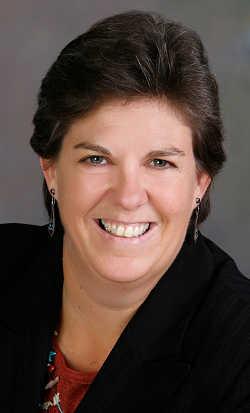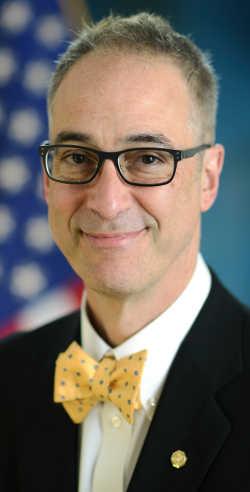- Glenda Humiston
- Posted On
Humiston: Affordable Care Act is good for rural Californians

Living in a rural community shouldn’t have to come with a hefty price tag for health care.
Thanks to the Affordable Care Act, it no longer has to.
The Affordable Care Act (ACA) is already making a difference in the lives of millions of rural Americans, including families right here in California.
Prior to the ACA, many rural families had a hard time finding affordable insurance coverage, paying an average of nearly half of their costs out of their own pockets.
Today, thanks to the ACA, families in California can choose from a variety of affordable insurance plans and many will qualify for financial assistance to help them pay for coverage.
To sign up, visit www.healthcare.gov or call 1-800-318-2596 if you need help.
For those who enroll by Feb. 15, coverage will begin on March 1.
But don’t wait too long to sign up for health insurance coverage – the last day to sign up during this open enrollment period is Feb. 15.
Even if you already have coverage through the Marketplace, it pays to go back and review your plan. You may be able to find a plan that saves you money, offers more services, or includes more doctors. In fact, eight in 10 current Marketplace enrollees can get coverage for $100 or less in 2015 after tax credits.
In addition to providing affordable health insurance options for rural families, the ACA also does things to address the underlying challenges to staying healthy in rural America.
Insurance companies are now forbidden from denying you coverage if you have a pre-existing condition and they are required to cover preventive care.
That’s good news for rural Americans who, on average, suffer from higher rates of chronic conditions like diabetes, heart disease, and high blood pressure than those living in urban areas.
It also expands support for the National Health Service Corps, which offers scholarships and loan repayment to doctors and nurses in return for practicing in rural communities.
More than 3,500 Corps members now serve in rural areas, and an average of 86 percent of them will remain in their communities even after completing their service. These investments help keep a steady stream of young, motivated doctors and nurses in rural America.
That’s a good thing because while one in five Americans lives in a rural community, just ten percent of doctors practice there.
The ACA also invests significantly in expanding services at community health centers, where 7.5 million rural Americans get access to primary and preventive care.
That comes on top of the more than $3 billion USDA has invested since 2009 to strengthen health infrastructure in rural areas, build rural hospitals and health clinics, and expanded access to health care in remote areas through telemedicine.
Weeks ago, we announced an additional $10 million in grants to improve access to health care in rural America, including $486,132 to help California Telehealth Network extend telemedicine services linking rural patients in eight California counties to specialty health care services not otherwise available in these rural areas.
The Affordable Care Act gives hardworking rural families in California the financial security and peace of mind they deserve. It makes rural communities stronger and rural families healthier.
Remember you can sign up at www.healthcare.gov or call 1-800-318-2596 for more information.
Glenda Humiston is the California State Director for USDA Rural Development. She oversees the agency's 40-plus programs and invested nearly $1 billion in California's rural communities during fiscal year 2014.








